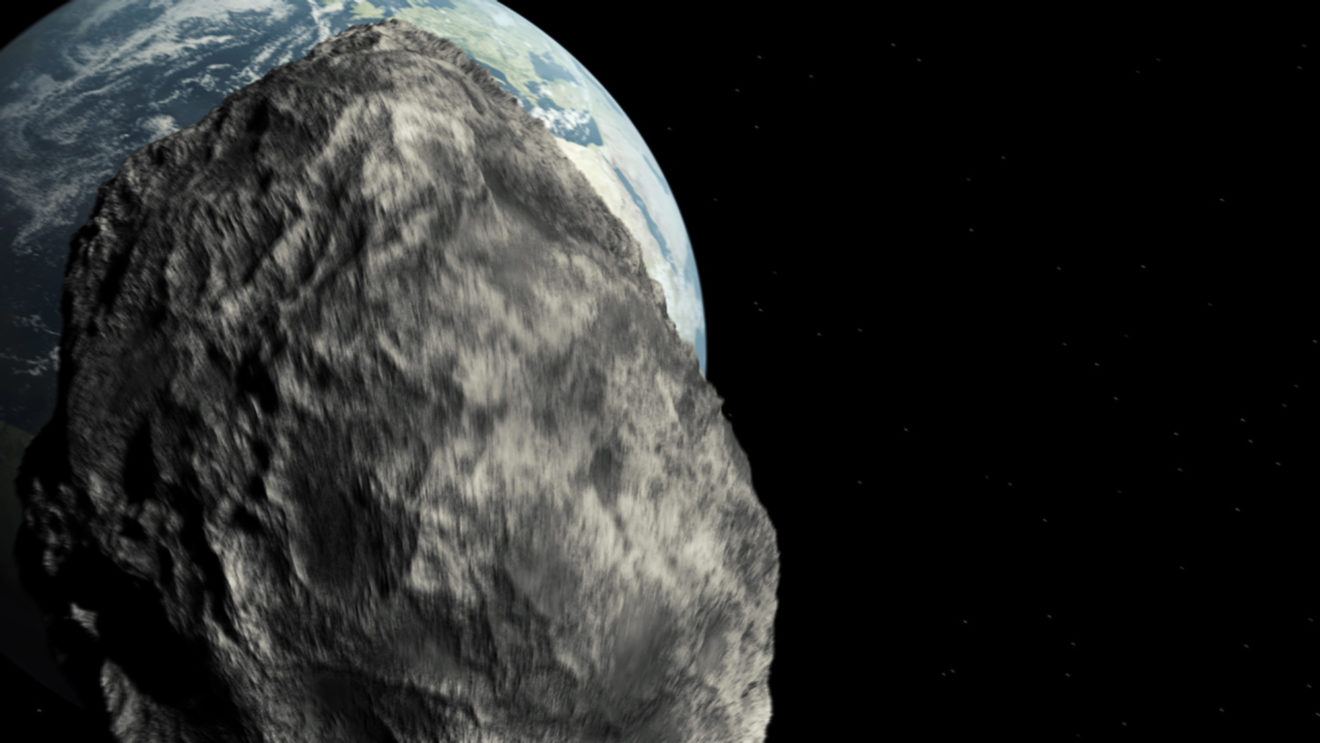Deflecting an Asteroid

Scientists are planning a mission, what they are calling the first planetary defense test.
The fact is that asteroids that orbit our sun do actually strike our planet sometimes and the little ones hit us often, but mostly disintegrating in the atmosphere. The larger asteroids have been known to graze our atmosphere from time to time, like the basketball sized one that entered above the city of Chelyabinsk in Russia, which exploded, causing damage to buildings and broken windows. That incident injured 1,500 people, mostly from flying glass.
Fortunately, astronomers aren’t expecting any large, world obliterating Armageddon sized asteroids on a collision with Earth in the foreseeable future. However, the smaller asteroids are still pretty dangerous. Those could have the capability of being destructive enough to destroy cities or entire regions.
The Nuclear Test Ban Treaty Organization, which operates a network of sensors that monitors Earth around the clock listening for the infrasound signature of nuclear detonations, said in 2014 that it had recorded 26 atom-bomb-scale asteroid impacts to Earth’s atmosphere since 2000. – EarthSky.org
What if scientist learned of an approaching asteroid? How would we defend against it?
Deflection?
For years, astronomers have had serious discussions about how to deflect an asteroid and alter its path.
Now, NASA and the European Space Agency (ESA) have joined together in planning a mission to perform a test on what is needed to change the course.
NASA’s part of the mission is called Dart. The plan is to launch a spacecraft in 2021, sending it to a double asteroid, Didymos and its moon, and actually crashing into the Didymoon to alter its orbit.
The ESA part of the mission is called Hera, which a spacecraft will be sent to orbit Didymos and study if DART actually fulfilled its mission.
Didymos itself is just 780 m across – smaller than any asteroid visited by a probe other than the 350-m diameter Itokawa rubble pile visited by Japan’s first Hayabusa spacecraft and the 500 m-diameter Bennu, around which NASA’s Osiris-REx mission is currently in orbit.
ESA’s Hera mission will be the first spacecraft to explore a binary asteroid system.
Additional Resources:
https://earthsky.org/space/aida-didymoon-plan-to-deflect-asteroid
https://www.nasa.gov/planetarydefense/dart







